15 Once-Popular Fast Food Chains On The Brink Of Closure
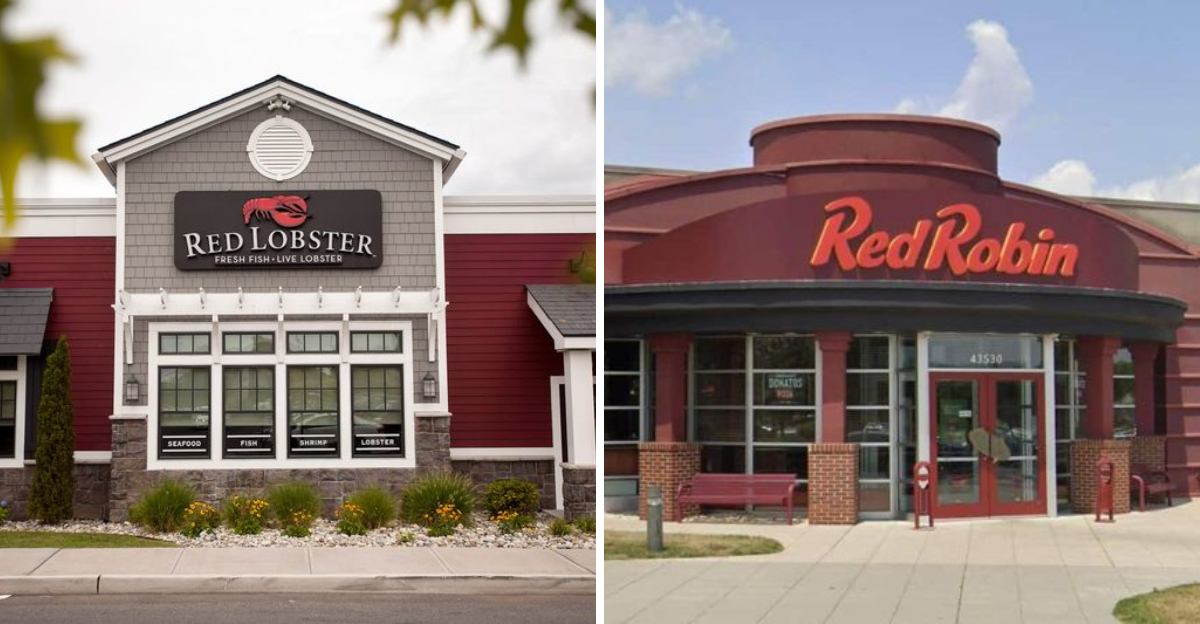
In the ever-evolving world of fast food, some chains once lauded for their quick service and tasty offerings now face the harsh reality of dwindling customer interest, financial struggles, and market oversaturation. This blog post explores 15 such chains that were once household names but are now teetering on the edge of closure. From the rise and fall of these establishments, we glean insights into changing consumer preferences and the challenges within the fast food industry.
1. Subway
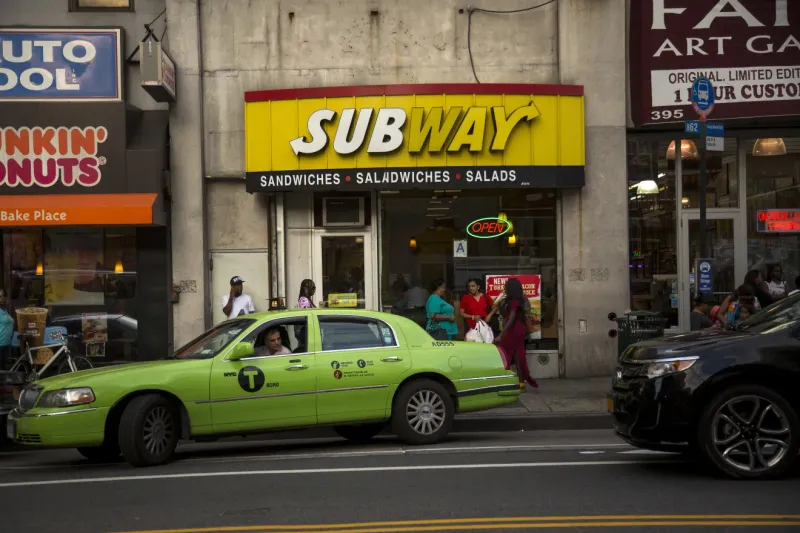
Subway, once the giant of the sandwich world, has seen better days. There was a time when its “Eat Fresh” slogan resonated with health-conscious consumers. However, years of overexpansion and criticisms about its food quality have led to a significant decline. The allure of freshness faded, and as competitors offered more varied menus, Subway struggled to keep up. Thousands of locations have quietly closed their doors, unable to sustain their business model. A brand that once dominated the landscape now finds itself scaling back considerably. Subway’s story is a cautionary tale of overreach and unmet expectations.
2. Jack in the Box
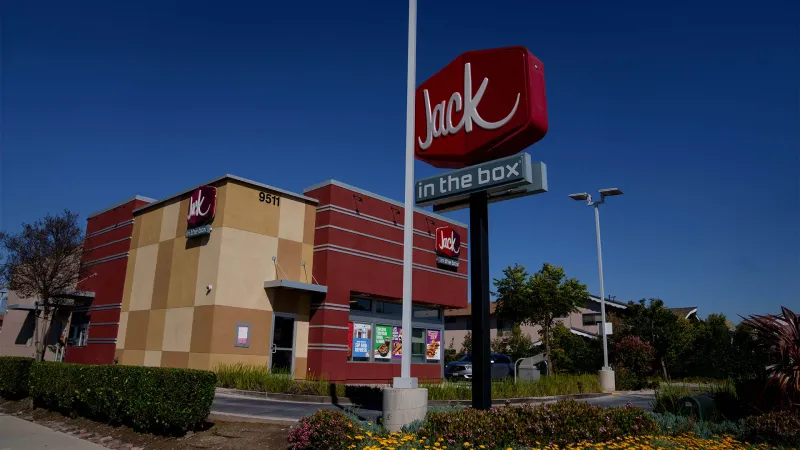
Jack in the Box, a fixture in the burger scene, is currently undergoing a major restructuring. Known for its quirky ads and late-night menu, the chain once held a unique place in fast food culture. However, economic pressures and an oversaturated market have forced it to rethink its strategy. Hundreds of stores are slated to close, representing a significant contraction for the brand. Despite these challenges, Jack in the Box remains committed to innovation and adaptation. Whether it can survive the cutthroat competition remains to be seen, but its loyal fans certainly hope so.
3. Red Robin
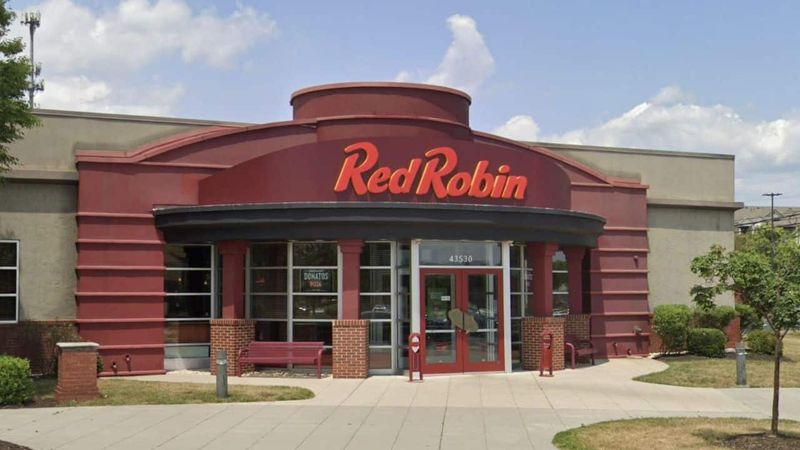
Red Robin, known for its gourmet burgers and endless fries, is in a tight spot. Once a bustling favorite for families, the chain is now grappling with rising costs and falling sales. Its cheerful atmosphere and catchy “Yum!” jingle aren’t enough to bring in the crowds these days. As a result, Red Robin has begun closing dozens of underperforming locations. The decision to downsize is a strategic move to focus on more profitable regions. While it continues to innovate its menu, the future remains uncertain for this burger-loving brand.
4. TGI Fridays
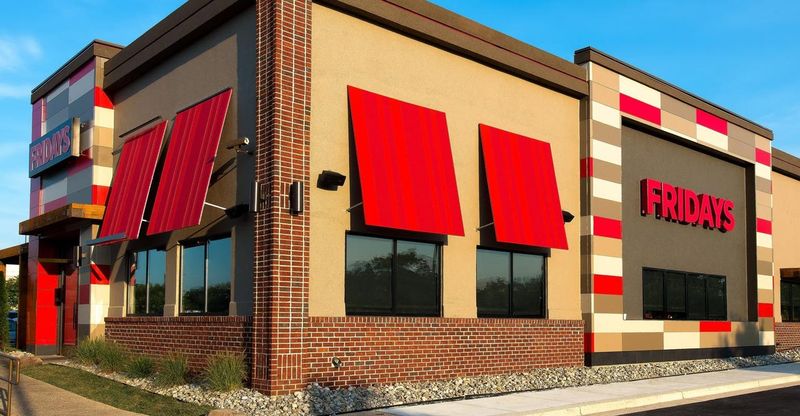
TGI Fridays was once synonymous with fun, flair, and happy hour specials. Its distinct red and white stripes adorned many a street corner. However, the chain has faced significant financial challenges. Filing for bankruptcy, it has been forced to shut down restaurants across the U.S. The casual dining landscape has shifted, with more patrons seeking new and novel experiences. TGI Fridays’ classic menu and atmosphere seem less appealing to modern diners. The brand’s iconic spirit endures, yet its future hinges on a successful turnaround strategy that resonates with current tastes.
5. Boston Market
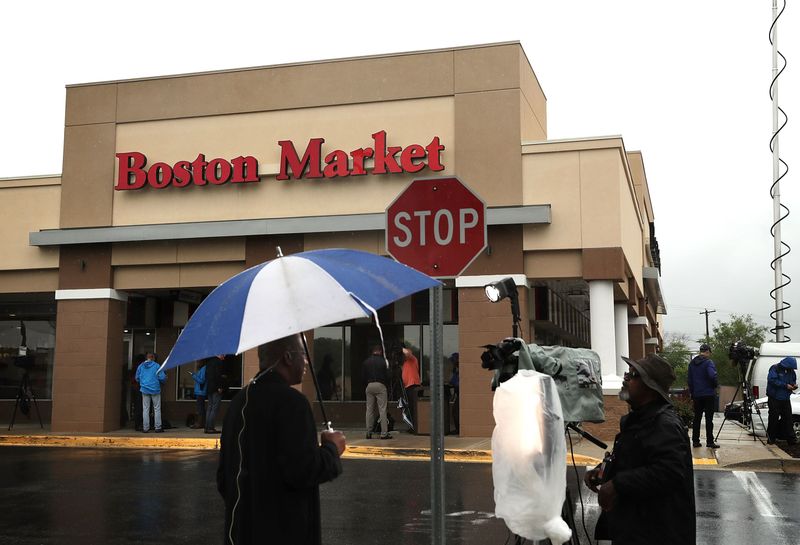
Boston Market, once a beacon of comfort food, has seen its presence dwindle dramatically. Known for its rotisserie chicken and homestyle sides, the chain now struggles amid financial troubles and legal woes. From hundreds of locations nationwide to just a handful remaining, Boston Market’s decline is palpable. Issues such as mismanagement and shifts in consumer preferences have exacerbated its challenges. As it grapples with these setbacks, the company’s efforts to stabilize are ongoing. This iconic chain’s battle for survival highlights the volatility of the fast food industry.
6. Noodles & Company
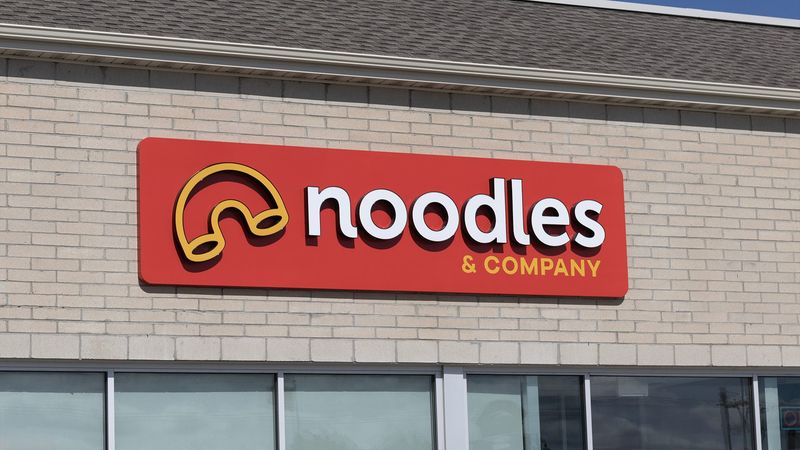
Noodles & Company, once seen as a trendy alternative to traditional fast food, is now facing hurdles. Its diverse menu of global noodle dishes attracted a broad clientele, yet financial struggles have led to store closures. Changing consumer interests and increased competition have also played roles in its decline. Despite these challenges, the chain remains hopeful, focusing on refining its menu and improving customer experience. Noodles & Company exemplifies the difficulty of maintaining relevance in a rapidly shifting market. Its story serves as a lesson in the importance of adaptability.
7. Hooters
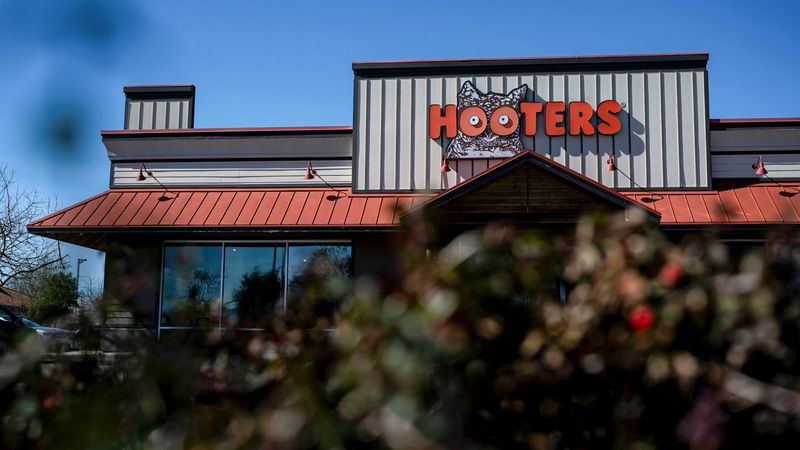
Hooters, once famous for its wings and ‘Hooters Girls,’ finds itself in turbulent waters. The chain has closed dozens of locations and filed for bankruptcy in recent years. Its original gimmick no longer holds the same appeal, as societal attitudes have shifted. Hooters’ struggle is emblematic of larger cultural changes, impacting its traditional customer base. The company is now exploring new concepts and menus to reinvigorate interest. Whether these efforts will succeed remains uncertain. Hooters’ journey highlights the challenges of evolving with the times in a competitive landscape.
8. Red Lobster
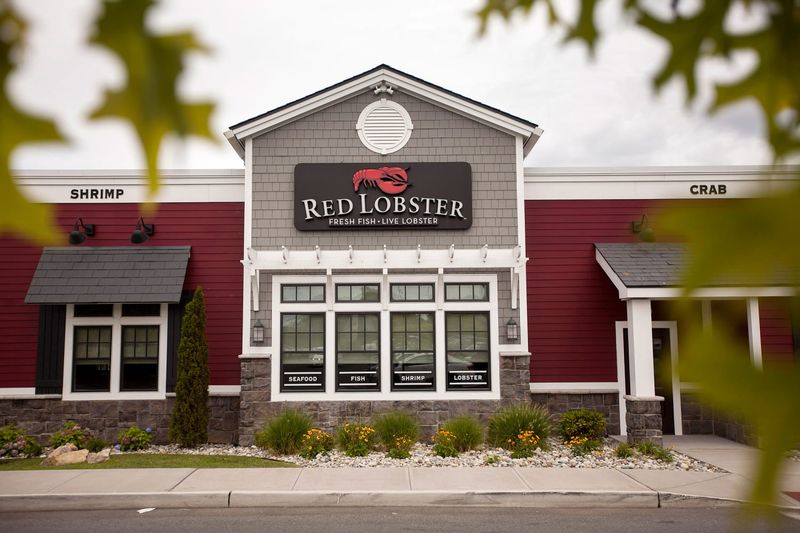
Red Lobster, long a staple for seafood enthusiasts, has hit rocky times. The chain recently filed for bankruptcy and closed nearly 100 locations. Supply chain issues, debt, and evolving consumer tastes contributed to its hardships. Known for its iconic cheddar bay biscuits and extensive seafood menu, Red Lobster is now focused on stabilizing its operations. Efforts include menu updates and strategic partnerships to lure back diners. The beloved brand’s fate is uncertain, though its loyal fan base remains hopeful for a turnaround. Red Lobster’s challenges underscore the complexities of the dining industry.
9. Buca di Beppo
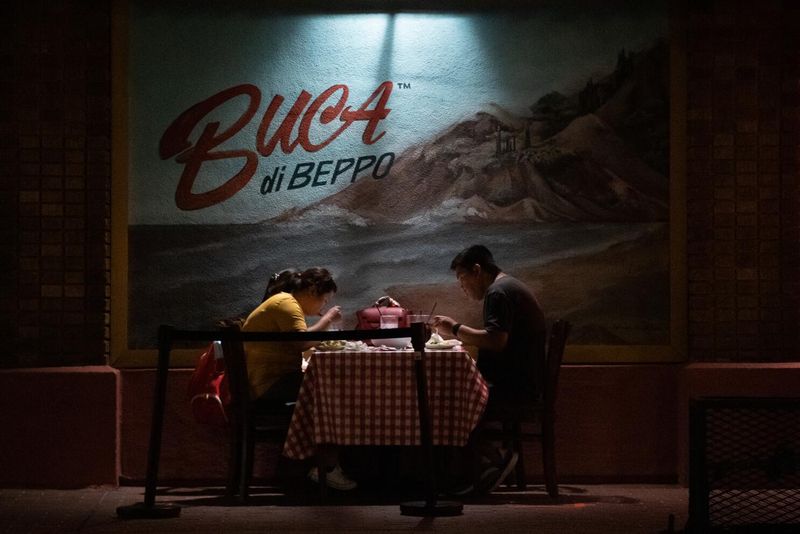
Buca di Beppo, with its family-style Italian dining, is seeing its popularity wane. Known for its kitschy decor and generous portions, the chain has faced financial restructuring and closures. Once a lively destination for gatherings, it now struggles to attract new patrons. The competitive dining scene and changing consumer preferences have affected its standing. Despite these hurdles, Buca di Beppo remains committed to innovation and revitalization. Its story is a testament to the challenges of remaining relevant in a fast-paced industry. The future of this once-popular chain hangs in the balance.
10. Outback Steakhouse
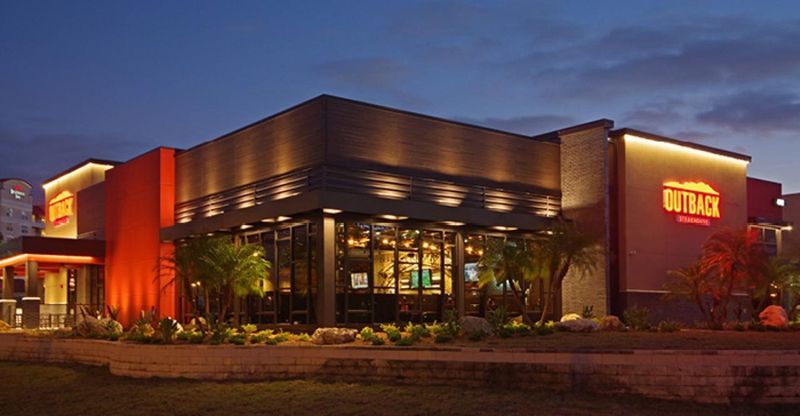
Outback Steakhouse, known for its Bloomin’ Onion and hearty steaks, is quietly closing underperforming locations. The chain continues to maintain a strong brand presence. However, economic pressures and shifting consumer tastes have led to strategic downsizing. The decision to close certain stores aims to trim costs and refocus efforts on high-performing areas. While Outback remains popular among steak lovers, its future will depend on adapting to market trends. The chain’s ability to balance tradition with innovation will play a crucial role in its ongoing success.
11. Smokey Bones
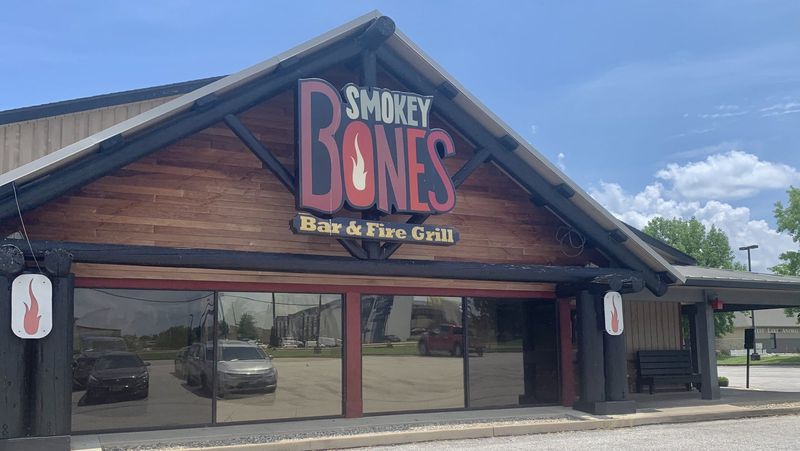
Smokey Bones, a barbecue haven, is undergoing a transformation. Known for its smoky flavors and lively ambiance, the chain is converting many restaurants into new concepts. Some locations are closing altogether as part of a strategic pivot. In a competitive market, Smokey Bones is striving to stay afloat by reinventing itself and exploring fresh ideas. The challenge lies in retaining its loyal customers while attracting new ones. Smokey Bones’ journey is a reflection of the broader challenges facing the restaurant industry today. Adaptability and innovation are key to its survival.
12. Tijuana Flats
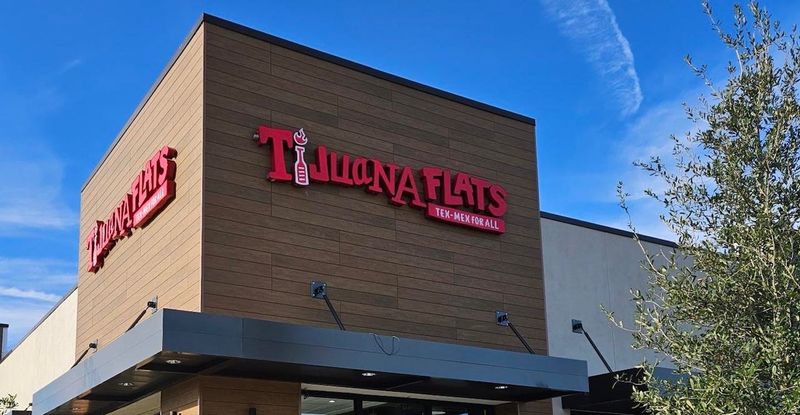
Tijuana Flats, once a go-to for Tex-Mex enthusiasts, faces financial difficulties. Having filed for bankruptcy, the chain has shuttered multiple locations. Rising expenses and declining sales have contributed to its challenges. Known for its vibrant decor and bold flavors, Tijuana Flats is now focused on restructuring and exploring new opportunities. Despite its setbacks, the chain remains hopeful about its future. The situation underscores the importance of financial prudence and adaptability in the fast-paced restaurant market. Tijuana Flats’ story serves as a reminder of the ever-changing dynamics of the industry.
13. Wendy’s (Selected Stores)
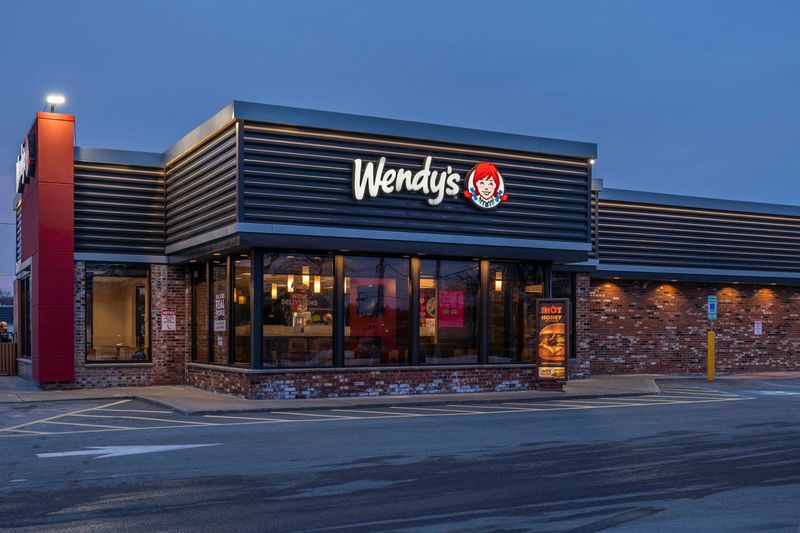
Wendy’s, a fast food giant, isn’t disappearing but is closing hundreds of underperforming stores. This move is particularly evident in oversaturated areas. Known for its fresh, never frozen beef, Wendy’s remains a favorite among many. However, rising competition and changing consumer demands have necessitated a reevaluation of its locations. The closures are part of a broader strategy to focus on more profitable outlets. Wendy’s continues to innovate, aiming to meet the evolving tastes of its customers. The brand’s enduring popularity will be crucial in navigating these challenges and achieving long-term success.
14. Denny’s
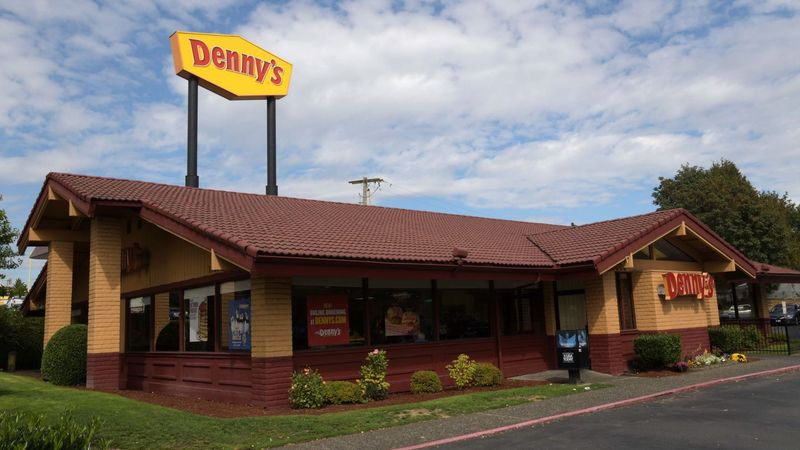
Denny’s, the beloved diner chain, is facing tough times. Known for its 24/7 service and diverse menu, the chain is wrestling with closures and a struggle to attract younger customers. Many locations have shut down as the brand seeks to revitalize its image. The challenge lies in appealing to a new generation while retaining the classic diner feel that made it famous. Denny’s is exploring different avenues, from menu innovations to updated decor. The chain’s ability to balance nostalgia with modernity will determine its path forward in the competitive dining landscape.
15. CosMc’s (McDonald’s Spin-Off)
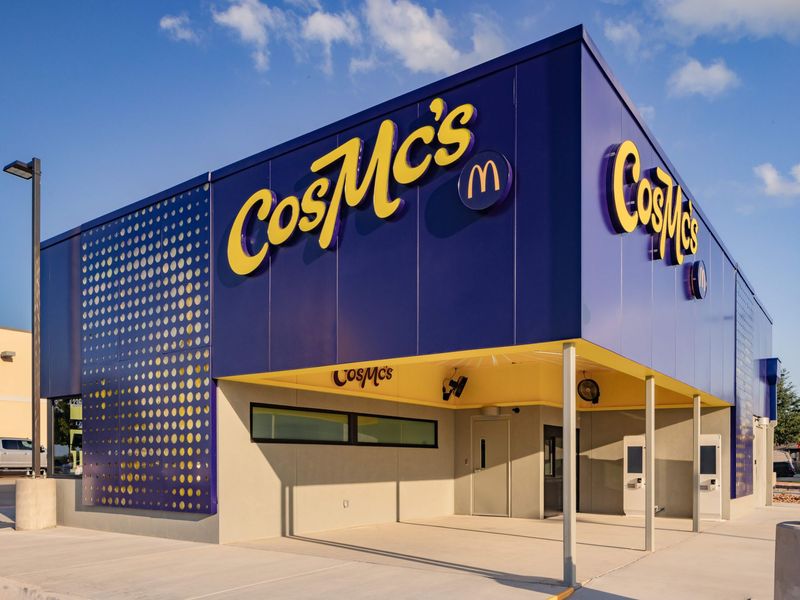
CosMc’s, McDonald’s experimental coffee-and-snack chain, launched with much hype but didn’t last long. All locations are being shut down just two years after its debut. Despite its promising start, the chain struggled to carve out a niche in the competitive market. The concept failed to attract a sustainable customer base, leading to its premature closure. CosMc’s journey highlights the risks involved in expanding beyond core offerings. It serves as a reminder of the challenges in predicting consumer preferences. The spin-off’s short-lived existence underscores the importance of strategic planning and market research in the fast food industry.
